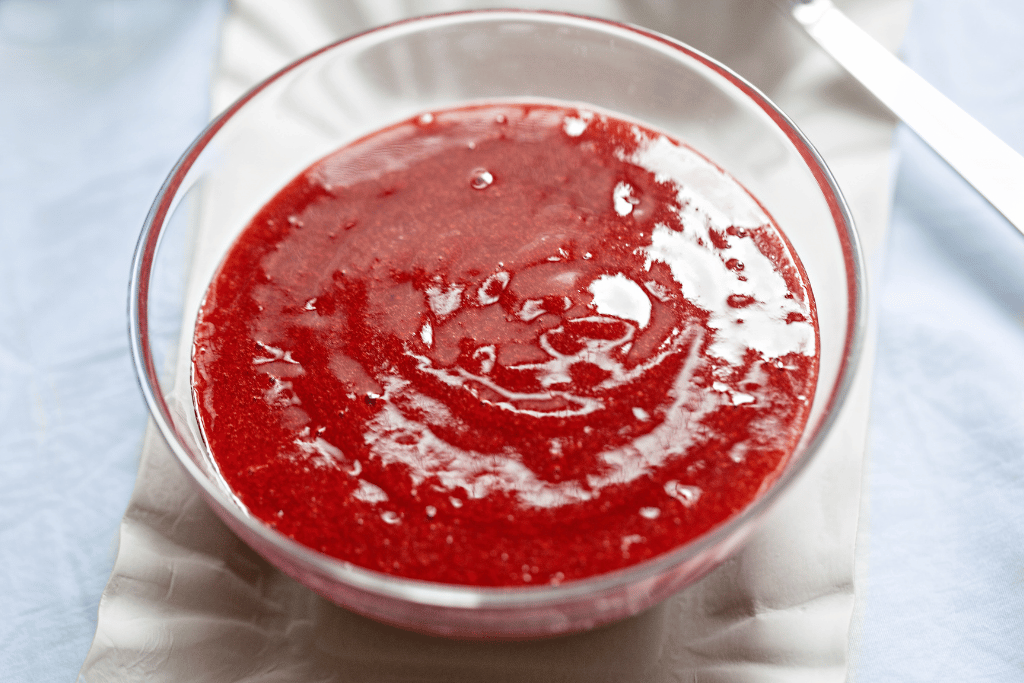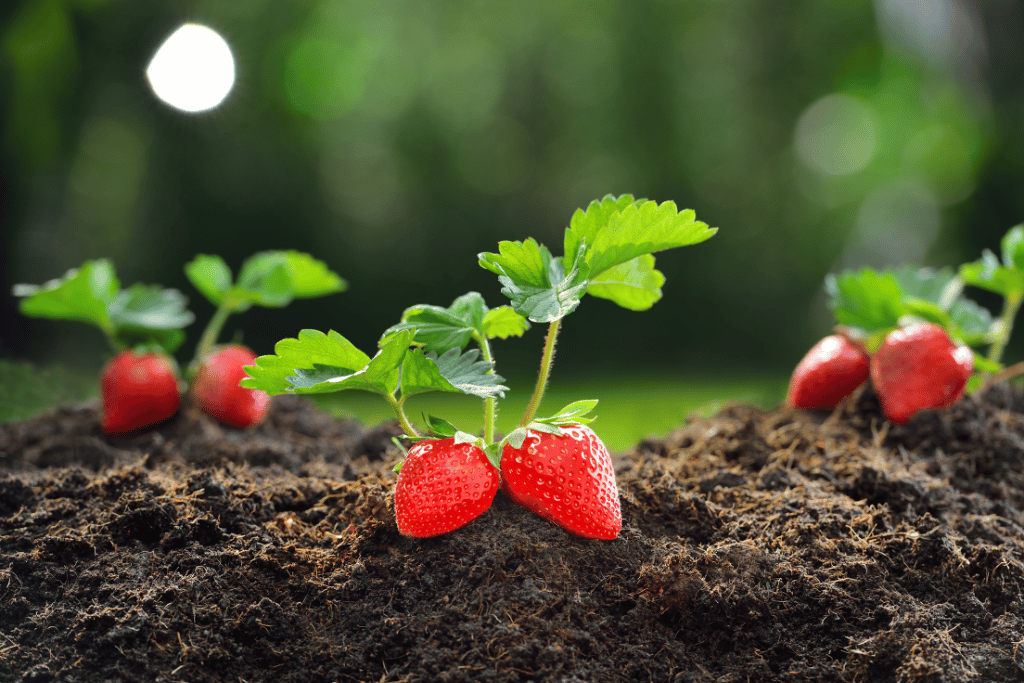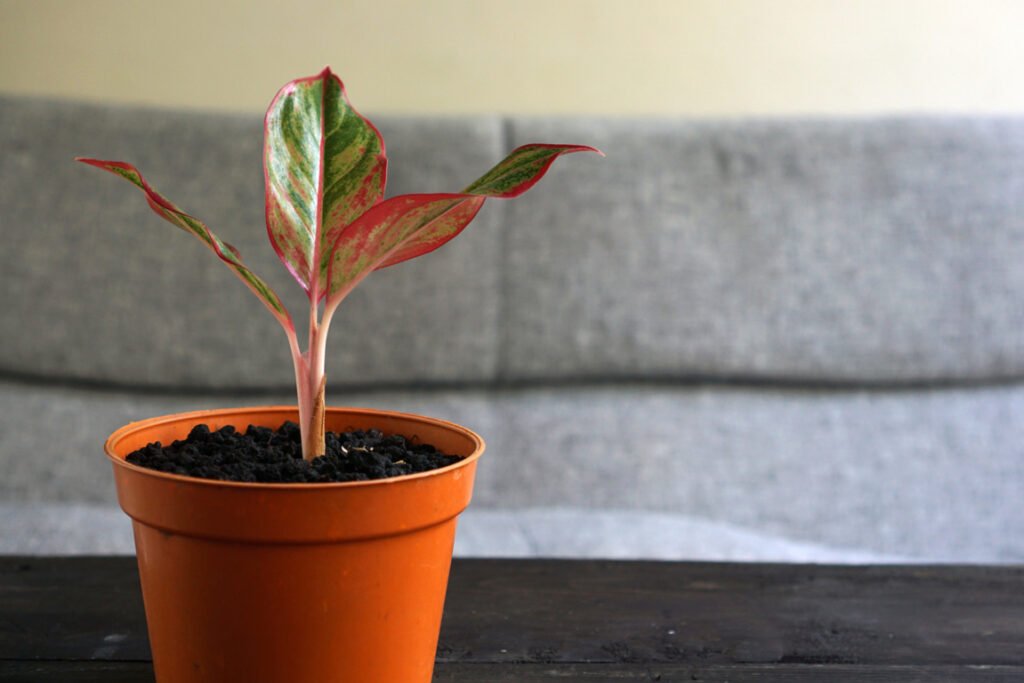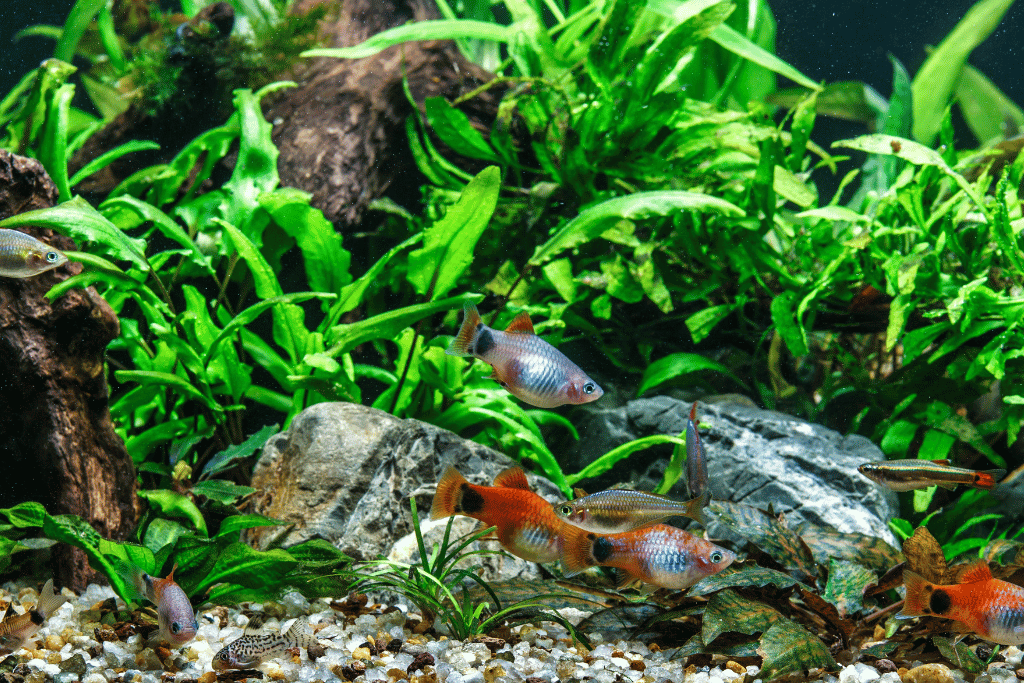
It’s a wonderful prospect being able to gorge on a big bowl of fresh ruby red berries without getting a single seed lodged in between my teeth.
Maybe that’s just a me problem. I have tight teeth that tend to get seeds and small bits of food stuck up in there.
So the thought of seedless strawberries appeals to me because I wouldn’t have to worry about the embarrassing instance of showing off my lunch every time I smile.
On the other hand, anything seedless also raises my suspicion.
Is it natural?
Was this fruit genetically modified?
What if I wanted to save some of the seeds just in case the apocalypse decides to finally roll around?
These are questions that pop into my mind when considering “seedless fruits.”
As far as strawberries go, it seems quite improbable to produce a berry without those hundreds of tiny little seeds studding the outside of the berry.
So is it possible? Do seedless strawberries exist?
Do Seedless Strawberries Exist?
In a word: No. Not in nature anyway.
No strawberries are grown naturally or artificially that do not have seeds on the exterior of the red flesh. “Seedless strawberries” seem only to be available in a frozen form, the seeds having been manually removed.
Other products like seedless strawberry jams, jellies and preserves have the seeds strained out during processing. These are my kind of condiments!
So, Can I Grow Seedless Strawberries?
It’s impossible to grow seedless strawberries. Although with it becoming such a highly sought-after product, I’m sure they’re cooking up some “Beyond Berries” now in a lab somewhere as we speak.
But in my opinion, it’s unrealistic to try to counteract the natural growth habit of strawberries. This is how old heirloom varieties have propagated and survived for thousands of years; by dropping their berries and self-seeding. Animals, bugs, wind, sunshine and rain were the carriers and suppliers of nutrients for these North American native shrubby tufts of tasty fruit.
As well as propagating by seed, many strawberry varieties multiply through stolons, which are a type of above-ground root. They send out these stolons, also known as runners, that creep over the garden surface and replant into the soil creating a brand new “daughter” plant. It’s a wonderful way to propagate the plants and rejuvenate your strawberry patch.
However you plan on growing your strawberries, just know that they will always have seeds!
Strawberry “Seeds” Are Actually Tiny Fruits

Wait, what?
This is the point in the article when I burst a giant bubble.
Allow me to get technical for a minute and drop a few heavy botanical terms.
Classifying strawberries is a bit of a complicated task. Are our beloved ruby-like berries considered a fruit? Do they even fit into a category with other traditional berries? Let’s dive into the botanical aspects of strawberries to better understand their complex classification.
Botanically speaking, strawberries fall into the category of false fruit or aggregate fruits. Strawberries can’t be considered true fruits as they are not developed from the ovaries of the plant.
The multiple tiny specks within the red juicy flesh, typically presumed to be seeds, are actually the fruits of the plant!
As all these tiny fruits are exposed, clustered and bound together by the fleshy fruit receptacle, strawberries are not actually berries but aggregate fruits. True berries contain seeds inside of their fruit.
The shrublike shoots and leaves of the strawberry bush qualify the plant as an herb.
Strawberries are not true fruits because they don’t technically fit the botanical definition. A true fruit is a mature ovary that turns into a flower and develops into a fruit. The fruit ripens and this mature ovary contains the seeds for reproduction.
Strawberries are false fruits because they are produced from a flower or tissue instead of growing from the ovaries, like a true fruit. They can be classified as aggregate fruits because they are made up of more than one fruit. These fruits, known as “achenes” and commonly mistaken as seeds, are formed by the tissue of the enlarged receptacle, the red flesh that we understand as the berry.
Like strawberries, other popular fruits with the name “berry”, such as raspberries and blackberries don’t qualify as true fruit. Raspberries and blackberries are classified as aggregate drupes. When a fruit contains achenes or drupes, it can’t be botanically defined as a true berry.
And while realizing strawberries aren’t technically a fruit or berry can be temporarily earth-shattering to our gardener’s worldview, it’s still advisable to commonly refer to them as such. Trying to explain the specialized biological functions of strawberries to the layperson may just cause confusion and get you some strange looks.
This information probably isn’t relevant to most folks but is worthwhile to learn and share with fellow gardeners or as a fun fact among family and friends.
How to Remove Strawberry Seeds
If you’re still determined to get your hands on some seedless strawberries, you’ll just have to do the dirty work yourself. There are a few different methods for removing the tiny seeds from the pulpy, red flesh.
Freezing Strawberries
Strawberries can be popped into the freezer for a short time to stiffen the berry and loosen the seeds.
- Get a package of your favorite type of strawberries.
- Lay out strawberries in a single layer on a cookie sheet, so they’re spaced apart and not touching one another. Or use an ice cube tray and put individual berries in each slot.
- Put the berries into the freezer for about 20 minutes.
- Take the strawberries one by one and use a dull butter knife or spoon to gently scrape off the protruding seeds.

Use a Toothpick
If you love monotonous and tedious tasks, this method is for you!
- Take a strawberry and using a fine pointed toothpick remove the seeds one at a time
- Don’t push too hard, it could damage the fragile flesh. Gently roll the seed out of its chamber.
- Once finished, put the berry under cool running water to rinse off any lingering seeds.
Strawberry Puree

This method works great, especially in preparation for making jam, jelly, sauce, baked goods or daiquiris!
- Add a good amount of strawberries to a blender or food processor, about ½ to ¾ of the way full.
- Blend them up on low for 15-30 seconds.
- Pour the puree into a bowl and let it rest for 5 minutes.
- Skim the surface of the fragrant berry juice to remove the seeds that are floating.
- To remove any remaining solids pour out the liquified strawberries through a fine mesh strainer or cheesecloth and squeeze all the liquid through.
If you can’t stand the seeds in strawberries, give these methods a shot. They’ll work well for serving different purposes.
What to Do With the Seeds?
With the leftover seeds that you’ve collected from the de-seeding process, consider planting out a batch of your own berries.
The most obvious way any plant can be started is by seed. As it turns out, it’s probably the least common way to propagate strawberry plants. At least the most labor-intensive, time-consuming and patience trying method.
This is not to say it’s not worth the effort, there are many wonderful varieties to start from seed. There are, however, a few tips to note that will simplify the process and increase germination success.
Strawberries need to experience the natural process of stratification. A period of cold temperatures signals to the seeds that it’s springtime when they experience the coming warm weather. The cold of winter can be simulated by placing the seeds in a tightly sealed jar for a month in the refrigerator. This is a critical step to achieve even germination.
Step-by-Step Strawberry Seed Germination

- Fill a standard seed flat with a light seed starting mix.
- Sprinkle seeds on the surface of the soil and cover lightly, about ½ inch deep.
- Mist the flat until the surface is sufficiently wet and the seeds are moist.
- Use a humidity dome or plastic wrap to cover the flat. This will retain heat and moisture.
- Set the flat in a sunny window or under grow light. Have patience, seeds can take 2-4 weeks to germinate.
- Remove the plastic covering when seeds start to sprout.
- As they grow, thin some out to prevent crowding.
- Prepare individual pots or a garden bed ahead of time. Use rich, loose soil for container planting.
- To prepare an outdoor planting site, always opt for a location in full sun.
- Condition the soil by adding compost. This adds nutrients and makes the soil spongy, staying moist while draining well at the same time. Young seedlings will thrive in these ideal conditions.
- When seedlings show a few leaves and get to be about 1 inch tall, they’re ready for transplanting.
- At this point it may be prudent to move seedlings to individual pots. There they can size up and establish strong roots instead of going directly into the bed.
- Harden off your new strawberry plants. Gradually expose them to the outdoor elements and increasing sunlight.
- After the last frost has passed and seedlings are well established and acclimated to full sun exposure, they can finally be transplanted into their bed.
- Dig small holes, only big enough to hold the roots and base of each transplant.
- Space them apart as needed. Different types of strawberries require more or less space. Roots can be placed into the hole while keeping the crown level with the surface of the soil.
- Tamp down around the freshly planted seedlings and water them in well.
- Be mindful that young plants always have moist soil.

Did you know strawberries have many companion plants in the garden? Some unlikely yet friendly allies include horseradish, thyme, spinach and onions.
Where to Buy Seedless Strawberries
Strawberries that have been processed to have their seeds removed can be sourced through a few online retailers.
Strawberries with their seeds removed seem to be available in large quantities from the online distributor Alibaba. And tons of seedless strawberry processed products are available via Amazon.
In Conclusion

Although seedless strawberries and products are available, they have been processed in some manner. If you want to consume deliciously sweet, juicy berries without seeds, your best option is to take on the task yourself. Then, you’ll have lots of seeds left over to plant your own. You never know, some may even come up seedless!



